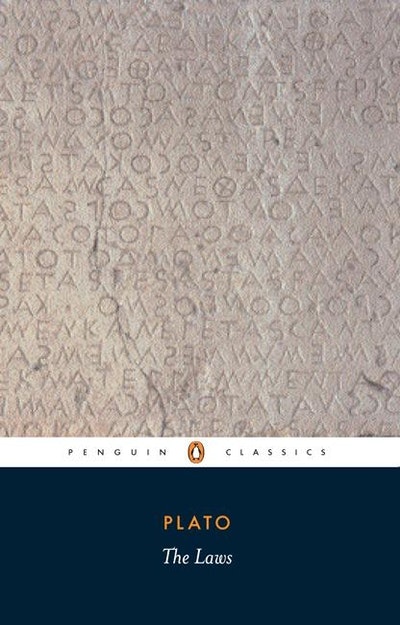
However, consensus places it in his early bibliography, which is characterized by a Socrates who speaks as an expert on the subject. Some have said Crito is part of Plato's middle dialogues, which are characterized by a Socrates who dismantled opposing arguments by asking questions and then pointing out the flaws in the opposition's theory. In recent research, Holger Thesleff doubted its authenticity. Unlike many of Plato's potential works, Crito is widely considered to be a genuine dialogue. In other dialogues, Crito is portrayed as a conventional Athenian who could not understand Socrates' philosophy despite his attempts to do so. Through both the trial and the execution, Crito was present. To spare him the prison sentence after Socrates was sentenced to death, Crito was ready to pledge to the court that Socrates would not flee, a plea that was ultimately rejected. Once Socrates was charged with corrupting the youth and impiety, Crito unsuccessfully vouched to pay his bail. Crito was a rich Athenian who like Socrates was from deme of Alopece. Socrates and Crito are the only characters in the story. Plato's representation of Socrates is intimate but because it is a literary work, the historical validity of what was said and how much of Plato's interpretation of Socrates aligns with his real beliefs is uncertain. Historians are not aware of the exact location of Socrates' cell but according to archaeologists, the ancient Athenian prison is about 100 meters (330 ft) southwest of the Heliaia court, just outside the site of the agora. Since his trial in Apology, Socrates had been imprisoned for four weeks and will be executed in a matter of days. The text is one of the few Platonic dialogues that appear to be unaffected by Plato's opinions on the matter it is dated to have been written around the same time as the Apology.Ĭrito closing Socrates' eyes after the latter's death.Ĭrito, which may be based on a historical event, is thought to have been published in 399 BCE. In contemporary discussions, the meaning of Crito is debated to determine whether it is a plea for unconditional obedience to the laws of a society.


The dialogue contains an ancient statement of the social contract theory of government. In Crito, Socrates believes injustice may not be answered with injustice, personifies the Laws of Athens to prove this, and refuses Crito's offer to finance his escape from prison.

It depicts a conversation between Socrates and his wealthy friend Crito of Alopece regarding justice ( δικαιοσύνη), injustice ( ἀδικία), and the appropriate response to injustice after Socrates's imprisonment, which is chronicled in the Apology. Plato from Raphael's The School of Athens (1509–1511)Ĭrito ( / ˈ k r aɪ t oʊ/ KRY-toh or / ˈ k r iː t oʊ/ KREE-toh Ancient Greek: Κρίτων ) is a dialogue that was written by the ancient Greek philosopher Plato.


 0 kommentar(er)
0 kommentar(er)
